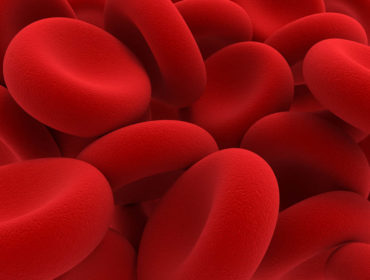Venous ulcers affect 0.6%e3% of the population aged over 60; this increases up to 5% in those aged over 80. Between 70% and 80% of all ulcers that affect the legs are of venous aetiology and almost one-third turn chronic. When the underlying pathology is not managed, it is estimated that approximately 45% of individuals with venous insufficiency and prior episodes of ulcer can be affected again throughout their life.
The growth factors contained in platelet granules can act by favouring tissue repair mechanisms in chronic wounds because they act by regulating cellular proliferation, migration and differentiation in addition to synthesis of extracellular matrix.
In the last decade the use of so-called platelet-rich plasma (PRP) to treat chronic wounds has become more popular.
This study aimed to determine whether application of PRGF to the wound bed reduces healing time and improves local pain associated with this pathology; any adverse effect or reaction related to its application was also observed.
A total of 58 patients with 102 ulcers of venous aetiology from healthcare centres and surgical consultation from the Osuna Healthcare Area (Seville, Spain) were selected, and randomly assigned to the study group (application of PRGF) or the control group (standard cure with saline). For both groups the healed area was calculated before and after the follow up period (twenty-four weeks) by the Kundin. Pain was measured at the start and end of treatment as a secondary variable for each group by record obtained by means of self-evaluation visual analogue scale.
After 24 weeks’ treatment the statistical contrast test revealed that there were statistically significant differences between groups in regard to the percentage healed area (67.7% ± 41.54 in the experimental group versus 11.17% ± 24.4 in the control group, P ¼ 0.001).
The Mann-Whitney test found statistically significant differences between groups in regard to the mean healed area. The Pearson test showed a direct correlation in the experimental group between the percentage healed area and ulcer area at the start of treatment compared to the control group which did not show this correlation. In the experimental group it was observed that the lower the ulcer area at the start of treatment, the greater the reduction in the healed area at the end of treatment. In our study we found a direct correlation between initial area of the ulcer, its clinical course time and the main variable.
Infection is one of the most common and important complications in the care of venous ulcers with a negative impact on the clinical course of lesions and which seriously compromise the patient’s well-being. An important finding of our study was that none
of the ulcers in our experimental group revealed signs of infection. In this context, there are studies which have revealed the antibacterial activity of the PRP compared to some pathogens which reside in chronic wounds
We can draw the conclusion our study’s results reveal that the use of PRGF contributes to improving the results of treatment of venous ulcers and that it is an effective and safe therapy. Nonetheless, we need to consider that application of this or any other treatment should always be accompanied by the necessary management of the underlying disease, in addition to a suitable pressure bandage that improves venous return and facilitates favourable clinical course of lesions.
Journal of Tissue Viability, 2017
Efficacy and safety of the use of platelet-rich plasma to manage venous ulcers
Manuel Escamilla Cardenosa, Gabriel Domínguez-Maldonado, Antonio Cordoba-Fernandez.



